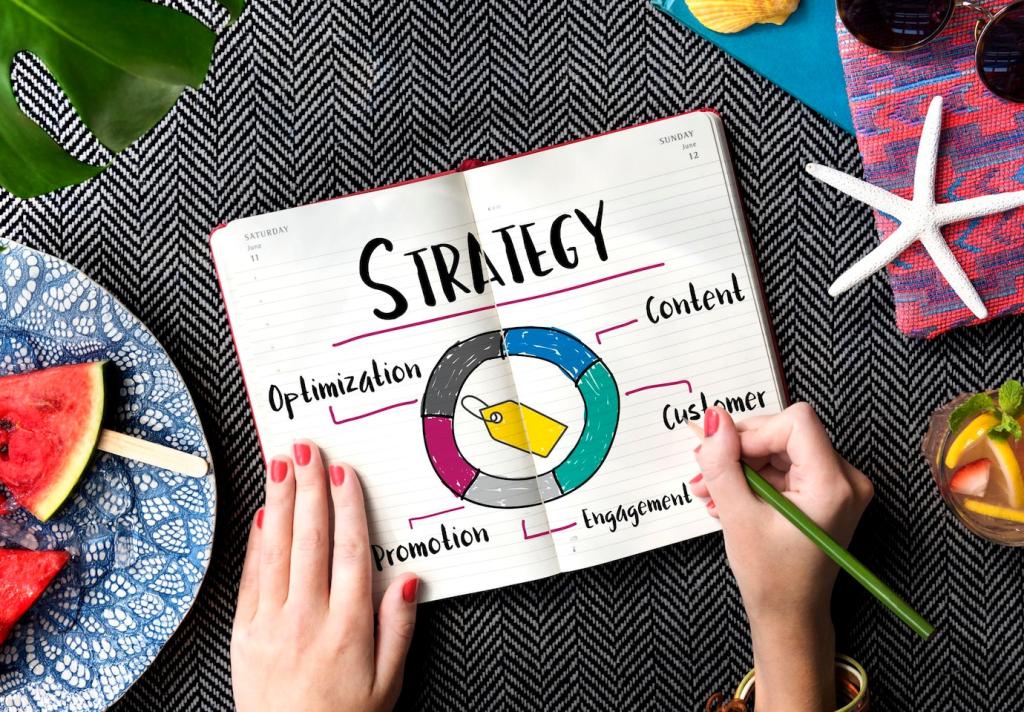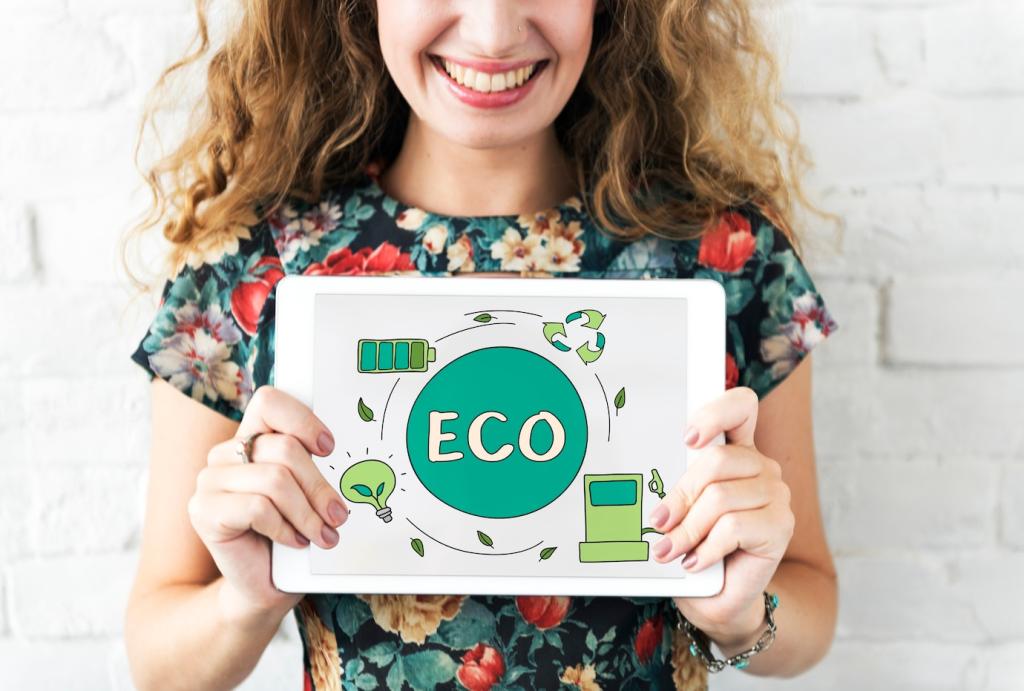Finding Your Sustainable Brand Voice
Start by naming one environmental problem you are uniquely equipped to address. Explain how your product or process reduces harm, then translate that purpose into everyday language. When readers understand your motive, they’re more likely to believe your message and participate.
Finding Your Sustainable Brand Voice
Avoid lofty, overblown promises. Choose a grounded, respectful tone that mirrors the scale of your actual reductions or commitments. If you use humor, make sure it does not trivialize the issue. Invite feedback to keep your voice honest, approachable, and consistent.
Finding Your Sustainable Brand Voice
Replace vague terms like “eco-friendly” with specifics such as “recycled aluminum shell, 85% post-consumer.” Add timeframes, baselines, and scope. Readers appreciate precise words that show evidence, acknowledge limits, and point to next steps. Ask your audience which phrasing feels clearest and most trustworthy.








